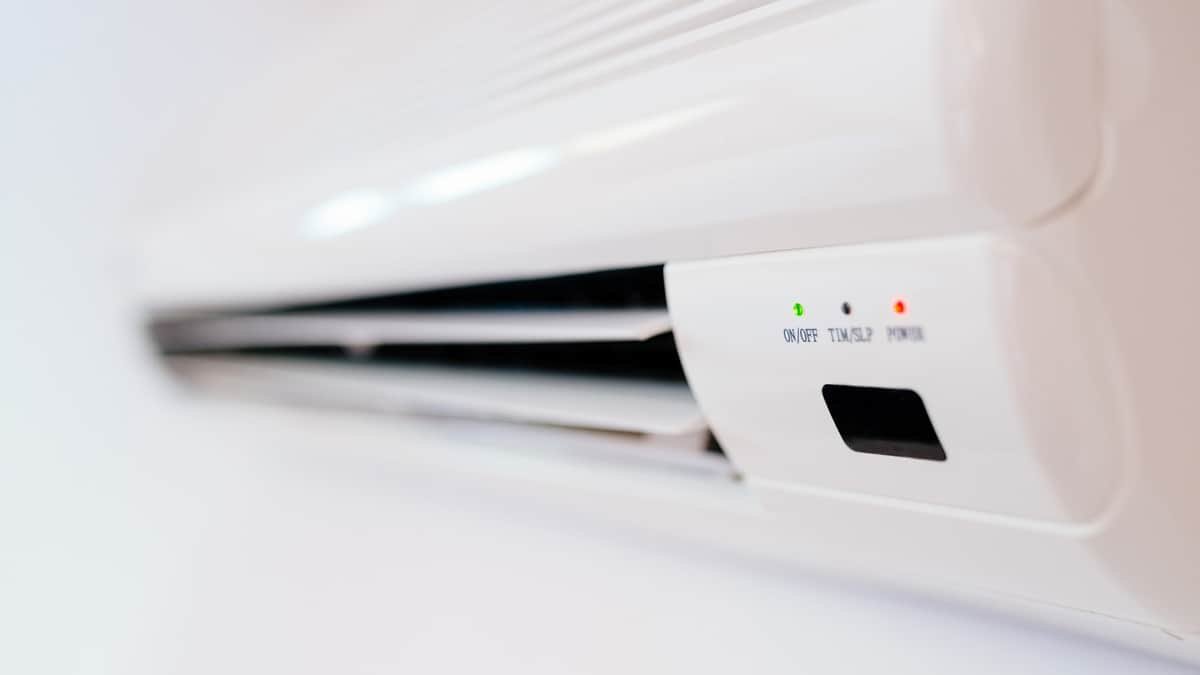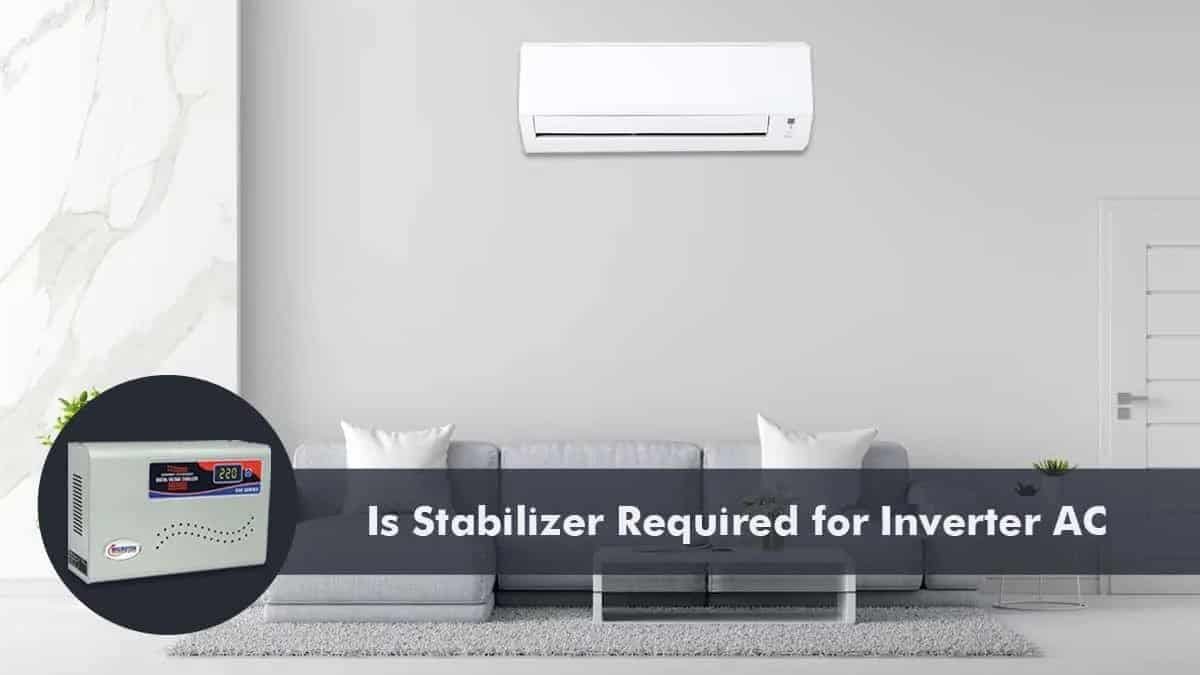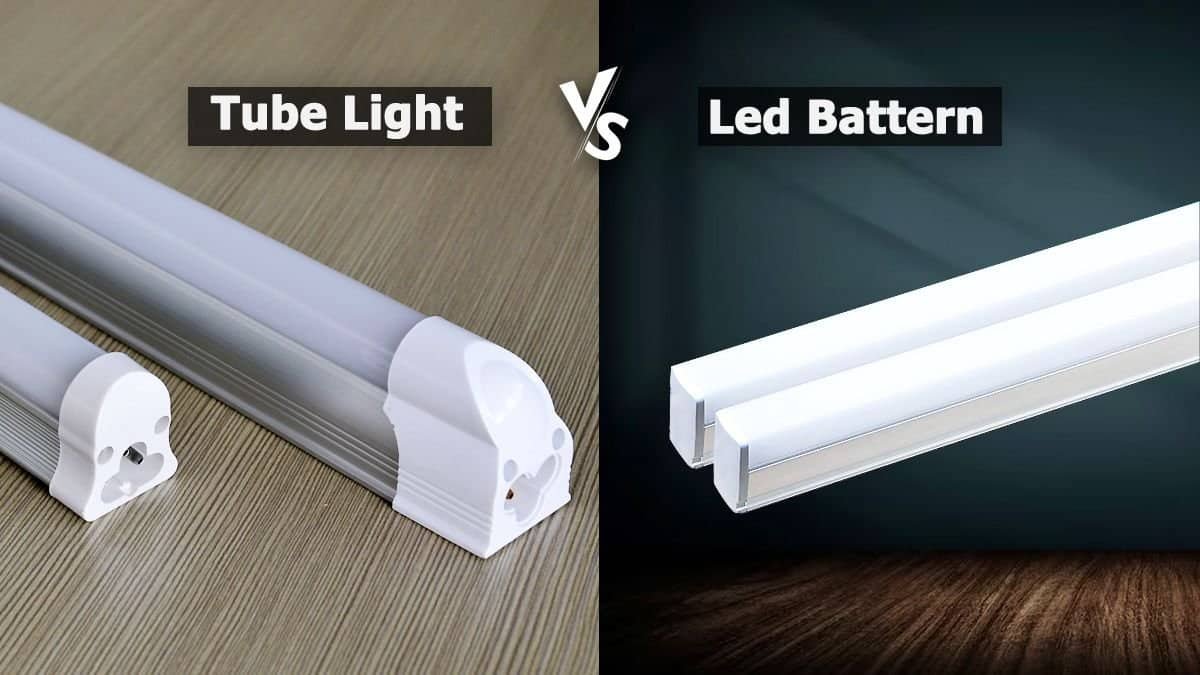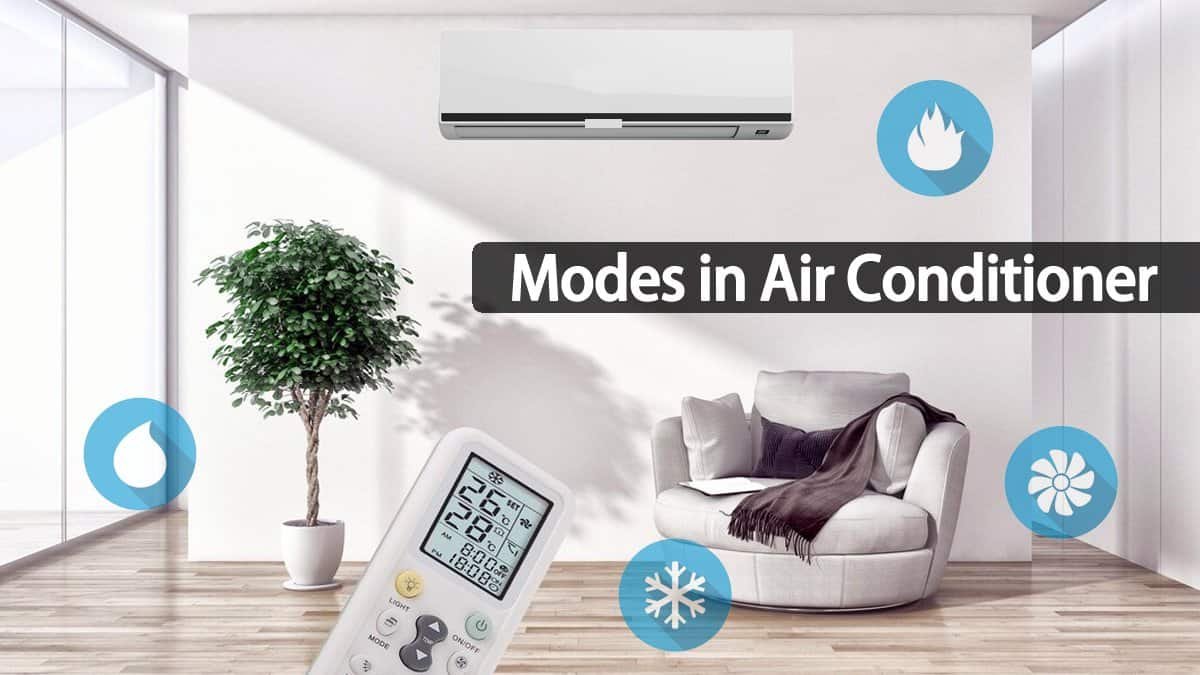As the owner of a brand-new air conditioner, you might feel like you have the power – literally! But all that power comes with a certain responsibility: to control your monthly electricity bills.
A great starting step is understanding your AC’s energy usage over time. Although it won’t give you exact numbers, learning how to calculate the power consumption of AC in 1 hour can help you estimate your monthly electricity in India more accurately.
In this post, we’ll explain the basic method for evaluating electricity usage and provide tips on calculating AC current consumption specifically for 1-ton units, including inverter and non-inverter models and window or split varieties.
We’ll also cover factors that impact the amount of energy an AC unit uses and touch on ways to reduce electricity consumption. So grab your calculator – let’s dive in!
Table of Contents
General Rules To Follow

Consider the values below for a precise assessment of your air conditioner’s power consumption in 1 hour in India. For each tonnage of AC, they represent the number of watts (or electrical units) consumed per hour:
- 1 Ton AC = 1000 watts or 1 unit of electricity
- 1.5 Ton AC = 1500 watts or 1.5 units of electricity
- 2 Ton AC = 2000 watts or two units of electricity
These numbers provide a basic overview, but for more accurate results, let’s dive into the details in the next section.
How to Calculate Power Consumption of AC In 1 Hour?

Calculating an air conditioner’s power consumption is essential to track electricity bills in India. If you’re wondering about 1 ton AC power consumption calculation 1 hour, we’ve got you covered. Here’s a step-by-step guide:
Firstly, check the product for its power consumption information. If it’s not provided, you can use the Power Consumption Label of your AC, which has a star rating on it. The formula for calculating power consumption is:
Power = Cooling capacity / ISEER
For example, let’s consider a Voltas 1.5-ton AC available on Amazon. Its ISEER rating is 2.92, and the cooling capacity is 5050 watts. Applying the formula, we get:
Power = 5050 / 2.92 = 1729 watts per hour or 1.72 kilowatts
So, this Voltas Windows AC will consume 1.72 units of power per hour if it runs on the max capacity for the entire hour.
However, this is not always the case.
Let’s look at what happens when the desired temperature is achieved.
After achieving the desired temperature, the compressor goes in ON and OFF cycles to maintain the temperature. In the case of normal non-inverter AC, the compressor runs for 70-80% of the time.
The compressor consumes the majority of the power in AC, while the rest of the components, like the fan, condenser, etc., consume only 1/10 of the power of the entire AC.
Assumptions:
Assuming that the compressor consumes all the electricity in the AC and runs for 75% of the time, we can calculate the power consumption per hour as follows:
Power per hour = (Power consumed when compressor is ON / 60) x (0.75 * 60) + 0
Power per hour = (1.72 / 60) x (0.75 * 60) + 0
Power per hour = 1.29 kilowatts or 1.29 units
In the case of an inverter AC, the compressor may run on 70-90% of max power.
Assuming that the compressor runs on 75% of its usual power, we can calculate the power consumption per hour as follows:
Power per hour = 0.75 x 1.72 = 1.29 kilowatts or 1.29 units
Therefore, for this Voltas 1.5 Ton AC, the power consumption will vary between 1.29-1.72 kilowatts, depending on the desired temperature and compressor usage.
Power Consumption of 1 Ton AC in 1 Hour

If you’re wondering how much power your 1-ton AC unit consumes in one hour, the method we used in the above example can help you calculate an approximate value.
Let’s demonstrate the calculations using a Voltas 1 Ton 5-star window AC.
ISEER: The power label for the Voltas 1 Ton AC shows an ISEER rating of 3.31
Cooling Capacity: The cooling capacity of 3520 watts.
To determine the power consumption of the AC in kW, we divide the cooling capacity by the ISEER rating, as follows:
Power = Cooling Capacity / ISEER Rating
Power = 3520 / 3.31
Power = 1063 watts = 1.06 kW (rounded off to two decimal places)
This is the maximum power consumption of the AC unit in India when it’s running at its full capacity.
However, once the set temperature is achieved, the AC reduces its power consumption to maintain the temperature.
As a rule of thumb, the power consumption of the AC unit after achieving the set temperature is around 75% of its maximum power consumption.
So, for our example, the power consumption of the AC unit after achieving the set temperature would be:
Power after set temperature = 0.75 x Maximum Power
Power after set temperature = 0.75 x 1.06 kW
Power after set temperature = 0.79 kW (rounded off to two decimal places)
Therefore, the power consumption of the Voltas 1 Ton AC unit in one hour would be:
Power per hour = Maximum Power – Power after the set temperature
Power per hour = 1.06 kW – 0.79 kW
Power per hour = 0.27 kW (rounded off to two decimal places)
So, the approximate power consumption of this AC unit in one hour is 0.27 kW.
Calculating Electricity Bill for an AC Unit

Calculating your monthly electricity bill for your AC unit can be a straightforward process.
First, you need to calculate the power consumption of your AC unit per hour. This can be done by referring to the user manual or the AC unit.
For example:
Let’s assume that the power consumption of your AC unit is between 0.79 – 1.06 kW per hour.
Next, you need to calculate the daily power consumed based on your daily usage.
Let’s say you use your AC unit for 10 hours daily.
The power consumed per day would be between 7.9 – 10.6 kW.
To calculate the monthly power consumption, multiply the power consumption per day by the number of days in a month (typically 30).
In this case, the monthly power consumption would be between 237 – 318 kWh.
Now, multiply the monthly power consumption by your city’s electricity cost per unit.
Assuming the cost per unit is ₹8.
The monthly bill in the worst-case scenario would be 1.06 x 10 x 30 x 8 = ₹2544.
In the best-case scenario, the monthly bill would be 0.79 x 10 x 30 x 8 = ₹1896.
Key Factors Affecting AC Power Consumption
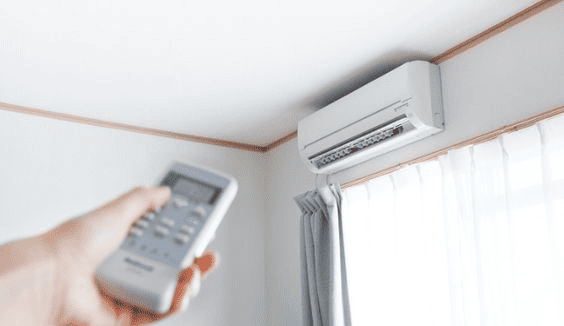
The amount of electricity an AC unit consumes depends on several factors, including:
- Outdoor Temperature: Outside temperature can significantly impact an air conditioner’s power consumption. As the outdoor temperature rises, the load on the AC unit increases, and it consumes more power to maintain the desired indoor temperature. Conversely, when the outdoor temperature drops, the load on the AC decreases, and it consumes less power.
- Desired Room Temperature: The desired room temperature affects an AC unit’s power consumption. The lower the desired temperature, the more power the AC unit will consume to maintain it. This is because the AC unit has to work harder to cool the air to a lower temperature.
- (Outdoor – Desired) Temperature Difference: The temperature difference between the outdoor and desired room temperatures also affects an AC unit’s power consumption. The higher this difference, the more load on the AC unit and the more power it will consume to maintain the desired indoor temperature.
- Room Size: The size of the room plays a crucial role in determining the air conditioner power consumption. An AC unit that is too small for a room will have to work harder to cool the air, and its compressor will run at maximum power, consuming more electricity. On the other hand, an AC unit that is too large for a room will cycle on and off frequently, leading to higher energy consumption.
Expert Tips to Save Power & Money
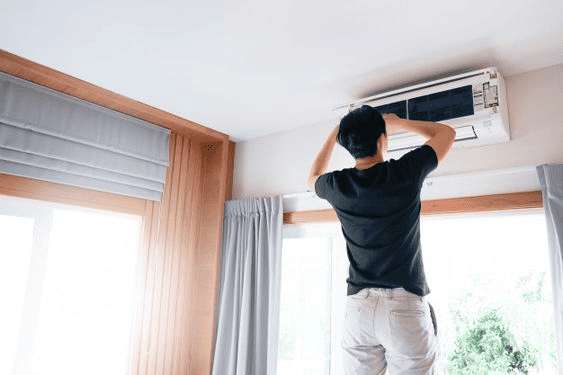
Are you tired of paying high electricity bills due to your air conditioner? If so, you can follow expert tips to save power and reduce monthly expenses. Let’s look at these tips and how they can help you.
- Regularly service your AC to improve energy efficiency ratio and reduce power consumption.
- Keep the air filters clean to prevent your AC from working harder and consuming more power.
- Set your AC to a temperature between 23-26 degrees Celsius instead of a lower temperature to save power while staying comfortable.
- If your AC is over ten years old, consider selling it and investing in a newer, higher energy efficiency rating.
- Use ceiling fans with your AC to circulate cool air throughout the room and reduce your AC’s power consumption.
Also Read
- Comparing Windows AC Vs Split AC: How to Choose the Right One for Your Home?
- How Do Window AC Vs Split AC Differ In Power Consumption?
- Know the Difference Between 3 Star and 5 Star AC
The Bottom Line
In conclusion, understanding the power consumption of your air conditioner can help you save money on your monthly electricity bills. If you are wondering how many units does AC consume, by using the tips and methods outlined in this post, you can calculate the approximate power consumption of your AC and take steps to reduce it. Remember that the actual power consumption of your air conditioner will depend on various factors, such as the size of your room, the age of your AC, and how often you use it. If you have any further questions, feel free to comment, and we will get back to you as soon as possible.
Faqs
Is it better to use a window AC or a 1 ton split AC regarding power consumption?
Both types of air conditioners can be energy-efficient if used correctly. However, split ACs are more efficient due to their inverter technology.
Can I reduce the power consumption of my AC by using it less frequently?
Yes, reducing usage and setting higher temperatures may help optimize power consumption.
How often should I service my AC to ensure it’s running efficiently?
Generally speaking, servicing your AC once per year is recommended; however, those living in areas with high air pollution or frequent users should consider servicing more often. To know more, consider reading the post provided above.
Will replacing my old AC with a new one save me money on electricity bills?
Updating an older system with a newer, energy-efficient model will have considerable financial benefits. Newer models possess inverter technology and other features designed to reduce power consumption.
